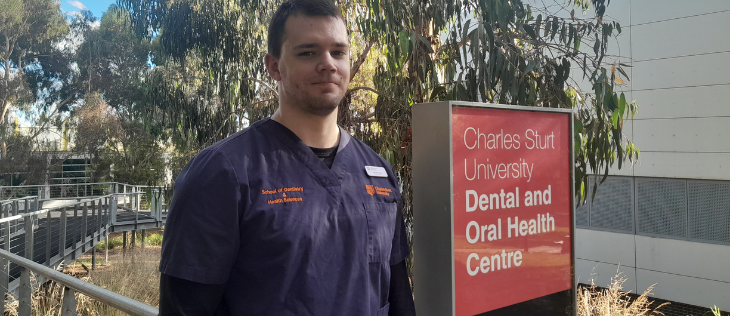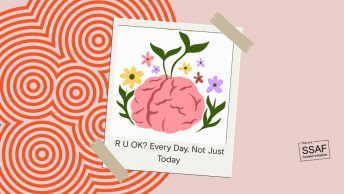Written by Joel Sheasby
February 9 is National Toothache Day. National Toothache Day is a chance to learn and be reminded about the importance of oral health. As a now fourth year dental student, I have constant exposure to the world of oral health, but the majority of the world does not.
There is a large proportion of the world, and even Australia, that can’t afford dental care. Additionally, many people lack adequate access to both resources and education related to oral health.
By informing the public through means such as National Toothache Day we can start to bridge the gap and provide education on oral health to those that need it.
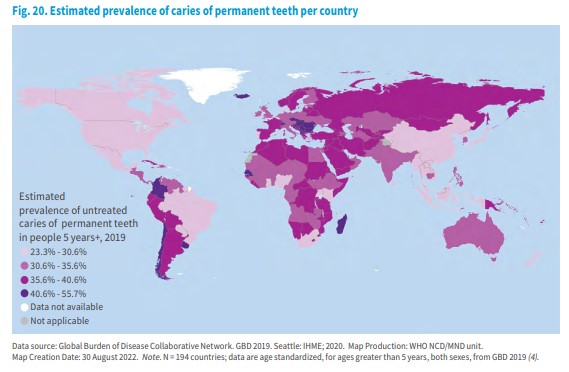
The origins of dentistry
The first evidence of the use of toothpaste dates back over 5000 years and toothbrushes can be found as far back as 500 years. We also have evidence of ancient Egyptians that had an early version of braces on their teeth. These beginnings have evolved over many years to dentistry as we know it today.
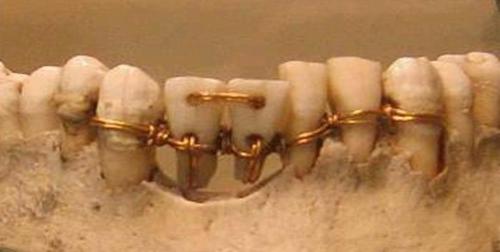
In the early 1800’s dentistry as a profession was making its debut. At this time, it pretty much consisted of extracting teeth and very little else. Today, dentistry serves as a far more preventative field, focusing on identifying disease early, and preventing future disease through education and community health efforts such as water fluoridation.
What causes dental pain?
There are two main ways that oral health can lead to pain, through tooth disease or through gum disease.
Tooth disease is typically caused by bacteria present in a biofilm on the teeth, or dental plaque. The bacteria use carbohydrates and sugars that we eat and drink to produce acids which destroy the teeth. Soft drinks and juices that are both acidic and sugary have all the key ingredients to destroy tooth structures.

A toothache is an end consequence of tooth diseases. It is usually described as a painful constant throbbing that doesn’t go away. It can feel worse when eating something cold, hot, or sugary. A toothache is different from sensitivity which is usually a short-lived response to cold drinks.
Gum disease is the most common disease in the world, not just related to the teeth but in any part of the body. If your gums bleed while flossing, this is the start of gum disease. But don’t worry, at this point it can still be reversed with good brushing and flossing habits.
What can you do?
The most important thing is regular brushing and flossing. Ideally this means brushing twice a day with age appropriate toothpaste with fluoride and flossing once a day. You should floss before brushing your teeth. Even with good oral hygiene habits, visiting the dentist every six months (depending on the state of your oral health) is important, and you should ask questions to make sure your oral hygiene is as optimal as possible.
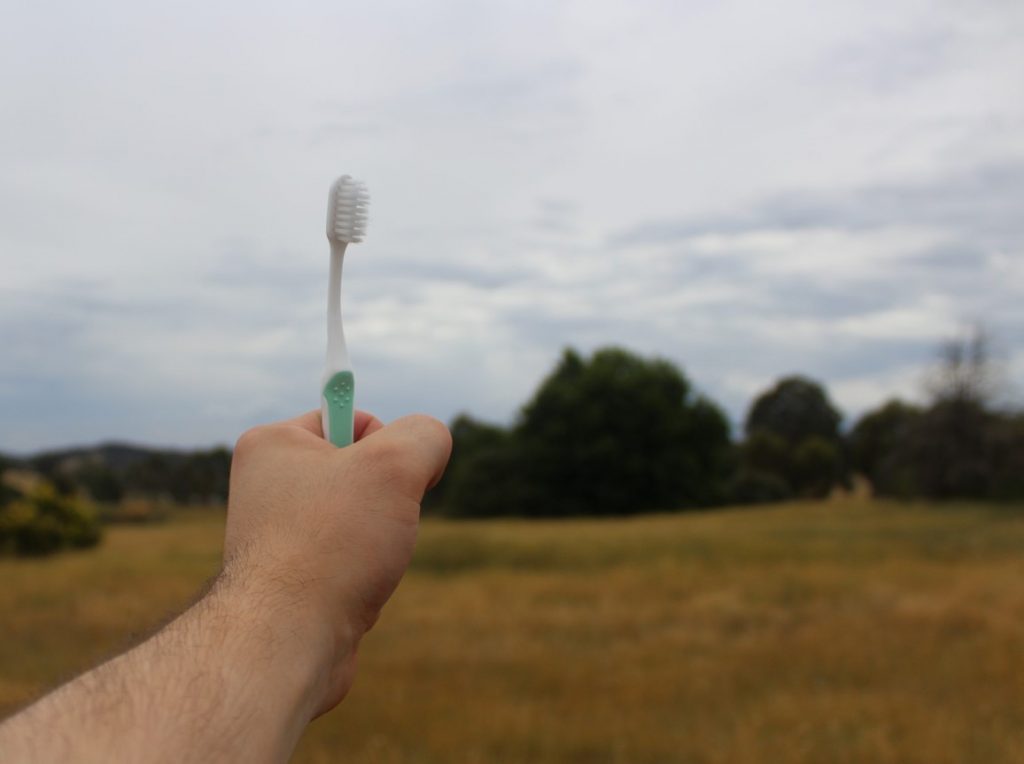
Toothpastes recommended are typically anything age appropriate with fluoride. Any of the big brands such as Oral-B and Colgate all contain fluoride. If you are having issues with tooth sensitivity then a sensitive toothpaste such as Sensodyne or Colgate Pro Relief can help. Whitening toothpastes with anything gritty or abrasive in it such as charcoal toothpastes should be avoided because they can damage your teeth.
Toothbrushes should always have soft bristles. Hard bristles can damage your teeth and gums. If you use a hard toothbrush you should switch to a soft toothbrush right away and ensure you get a new toothbrush every 3 months.


